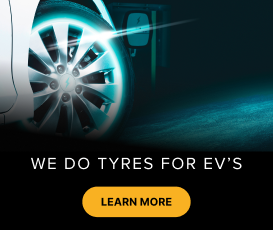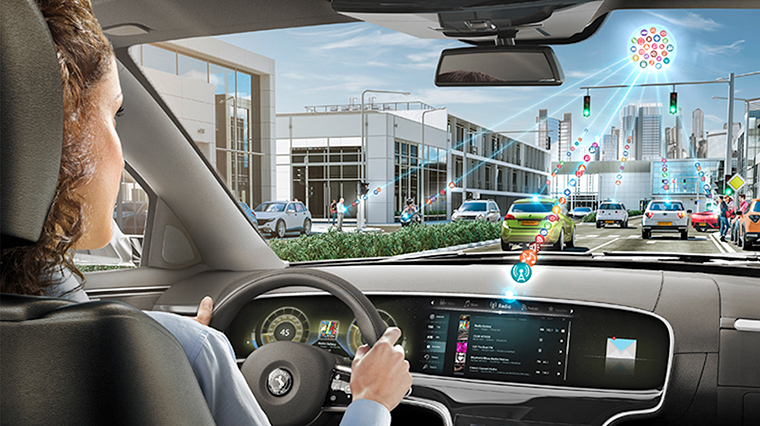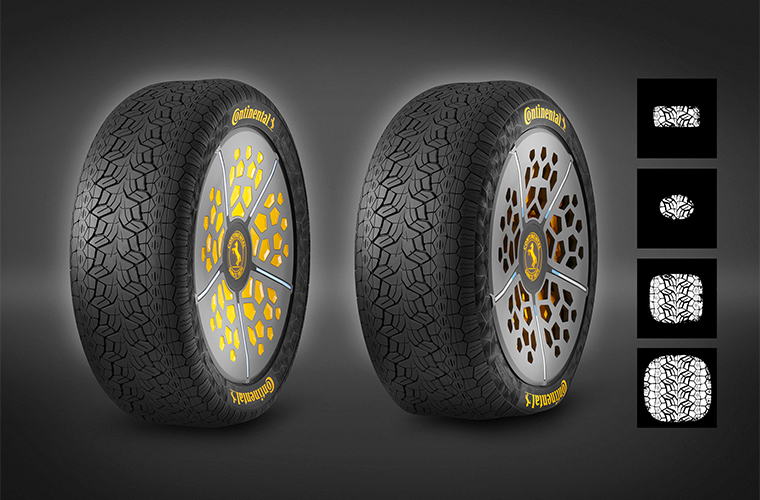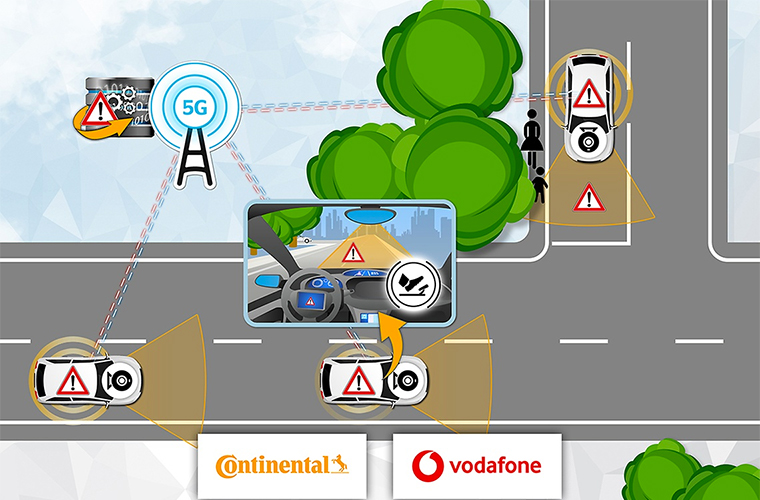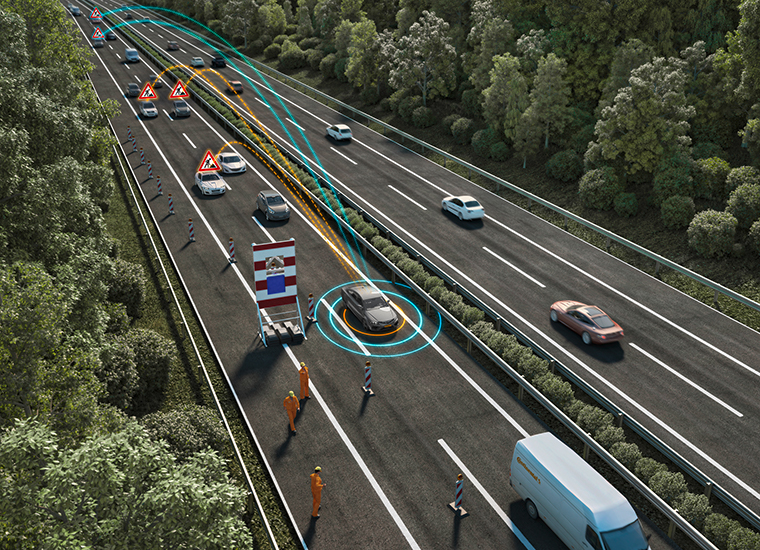The future of driving is data driven, and motoring will never be the same again
Are you an F1 fan? If so, you will probably already know the role that data gathering plays in this sport. At this highest level of motorsport, teams deploy vast numbers of sensors throughout each vehicle, so as to get as much information as possible relating to the performance and capabilities of their vehicles. Gigabytes of data are sent from the vehicle to the team per lap, with Terabytes collected throughout a traditional race weekend.
Innovations found in the cars we use on a daily basis often trickle down from experimental motorsport categories, and at Continental development is already underway on the data-driven technologies of the future. But what can Irish drivers expect from the next generation of passenger transport, and how will the automotive sector put the data collected to good use?
The age of data is upon us
As with motorsport, so too our cars gather huge amounts of data. Most new vehicles on sale in Irish showrooms feature data capture technology. Some you’ll be familiar with, such as tyre pressure monitoring systems (TPMS) and satellite navigation (though you may use maps via your smartphone these days). Others you may not even be aware of, like the host of sensors that monitor your vehicle’s powertrain, it’s cabin, and it’s in-built safety assistance equipment. Did you know there are even sensors focused on you, the driver?!
And in the not so distant future, the tyres fitted to your car may also generate and share even more data, too. Continental are already developing their innovative ContiSense technology which is designed to gather data (in real-time) on your tyre tread depth, tyre temperature, and tyre pressures. All of these values are essential for both your driver comfort and – most importantly – driver safety. The new technology helps to optimise both, and is achieved through a clever electrically conductive rubber compound. This enables electrical signals to transmit the data from a sensor in the tyre to a receiver in the car.
And improvements to data capture won’t stop there. Today’s modern car knows precisely what the engine is doing, what the internal cabin and external environmental temperatures are, and even if we are getting a bit tired behind the wheel. On some vehicle models, there are sensors that enable your car to park itself, like those used for Continental’s autonomous self-parking technology. All of this functionality depends on real-time data capture, interpretation and implementation. That requires super fast processing power and connectivity. In-car 5G being developed between Continental and Vodafone will help speed things up.
As a result of all this data monitoring and capture, if something goes wrong our cars are more likely know about it long before we do. Indeed, advancements in automotive safety technology mean that in the event of an accident, some vehicle models now transmit data relating to the incident to the emergency services, in advance of them arriving on the scene.
Data will define the future of motoring
With the giant strides forward being taken in connectivity technology, even more data will be collected in the future. However, data is useless without the right technology to analyse it, interpret it, and put it to good use, and is the reason why Continental is working on next-generation data gathering and distribution solutions, ensuring that the data collected is of use to all motorists within a digitally connected, shared driving experience.
In a few years time – though in some models already – cars will be able to advise us on how to drive more efficiently. They will also be able to instruct us of when and where to stop for rests and fuel stops, or where to charge our electric vehicles. And the interpretation of this data won’t merely be offered to us in the established mediums of dials or screens. No, we can expect to see a massive uptake of augmented reality in the automotive sector, with data streamed in real-time to the car’s windscreen or heads-up display (HUD), much like it is for fighter jet pilots already.
Data protection and security are vital
The possibilities for sharing data bring both advantages and disadvantages. Data needs to be securely protected, and that means vehicles will need to have the appropriate technology to encrypt and decrypt the information they obtain. This will inevitably be achieved, leading to the exciting possibility of data sharing between cars. Is there a danger or obstacle up ahead? A vehicle already on the scene may be able to share that data in real-time with you. That could prove to be very useful, particularly for avoiding traffic congestion. And data collected on-site at a hazardous location can be transmitted to drivers and passengers further afield, helping to improve safety and awareness.
All this and more will redefine the motoring experience of Irish drivers. And while we’re only at the beginning of the automotive data journey, the benefits of a digital, data-driven future seem clear. Continental are at the forefront of this technological revolution – exactly where you’d expect them to be.
BestDrive by Continental – You drive, we care.

